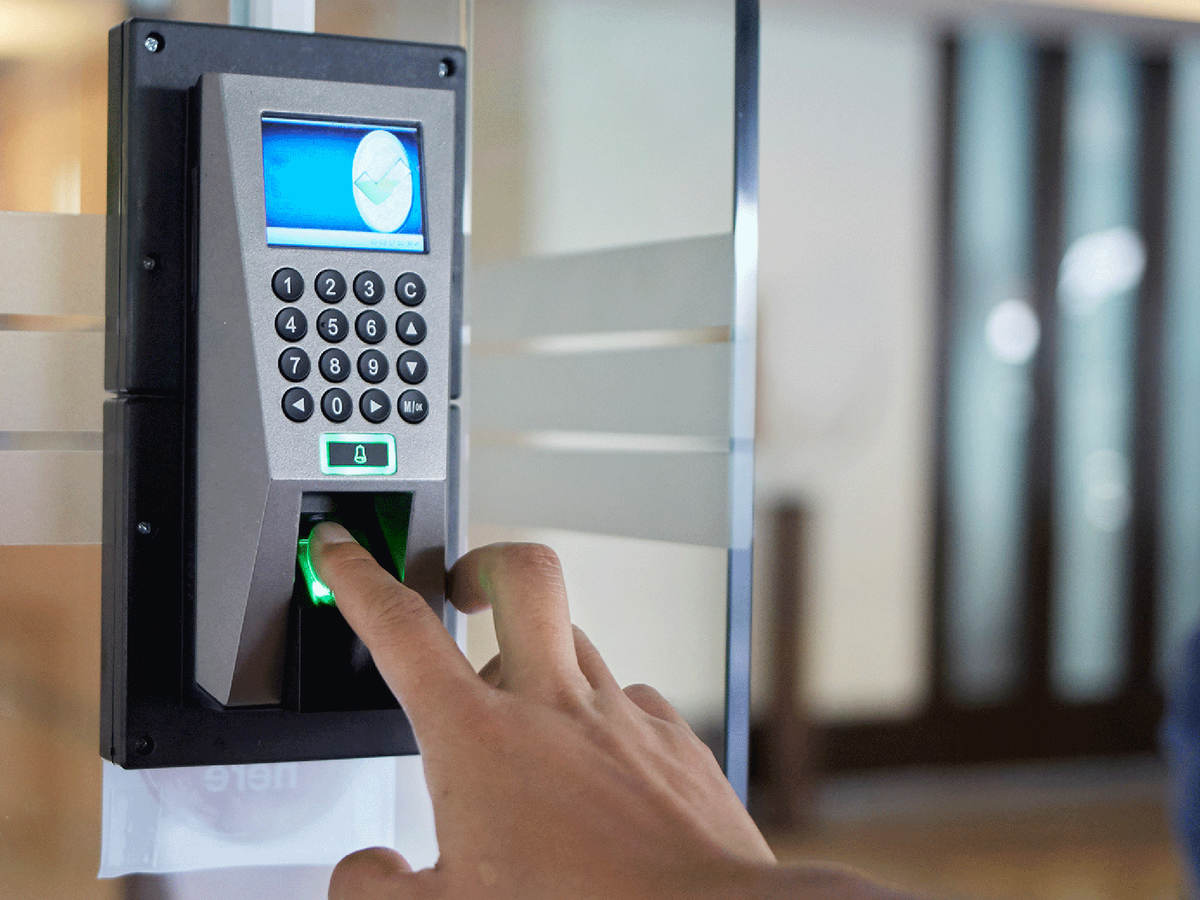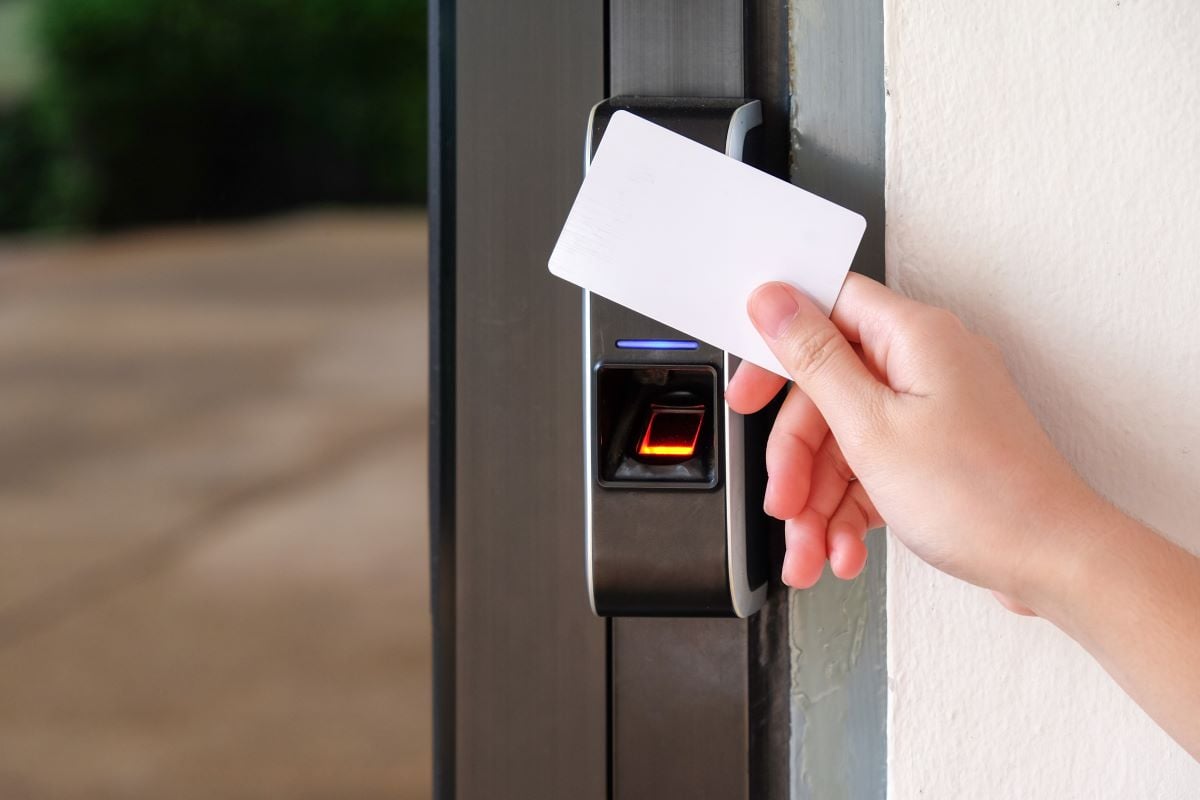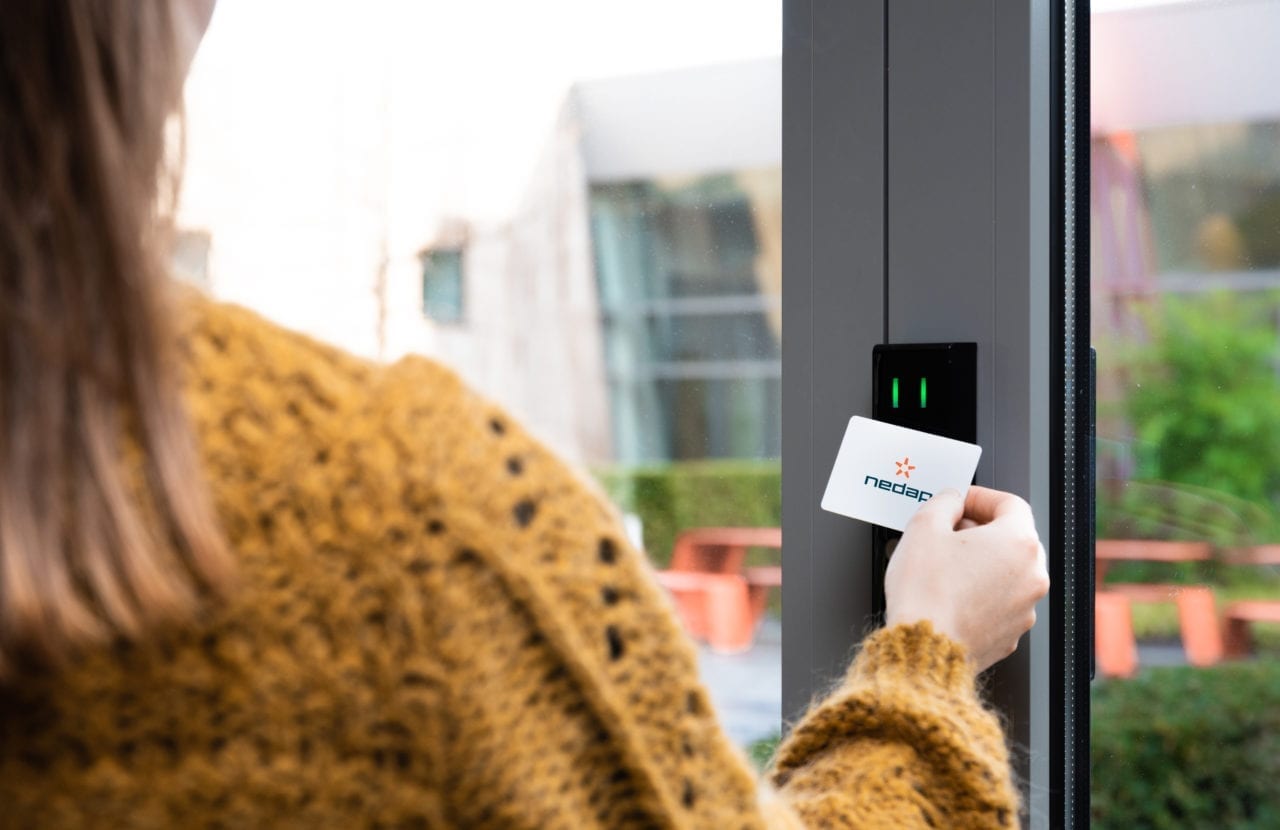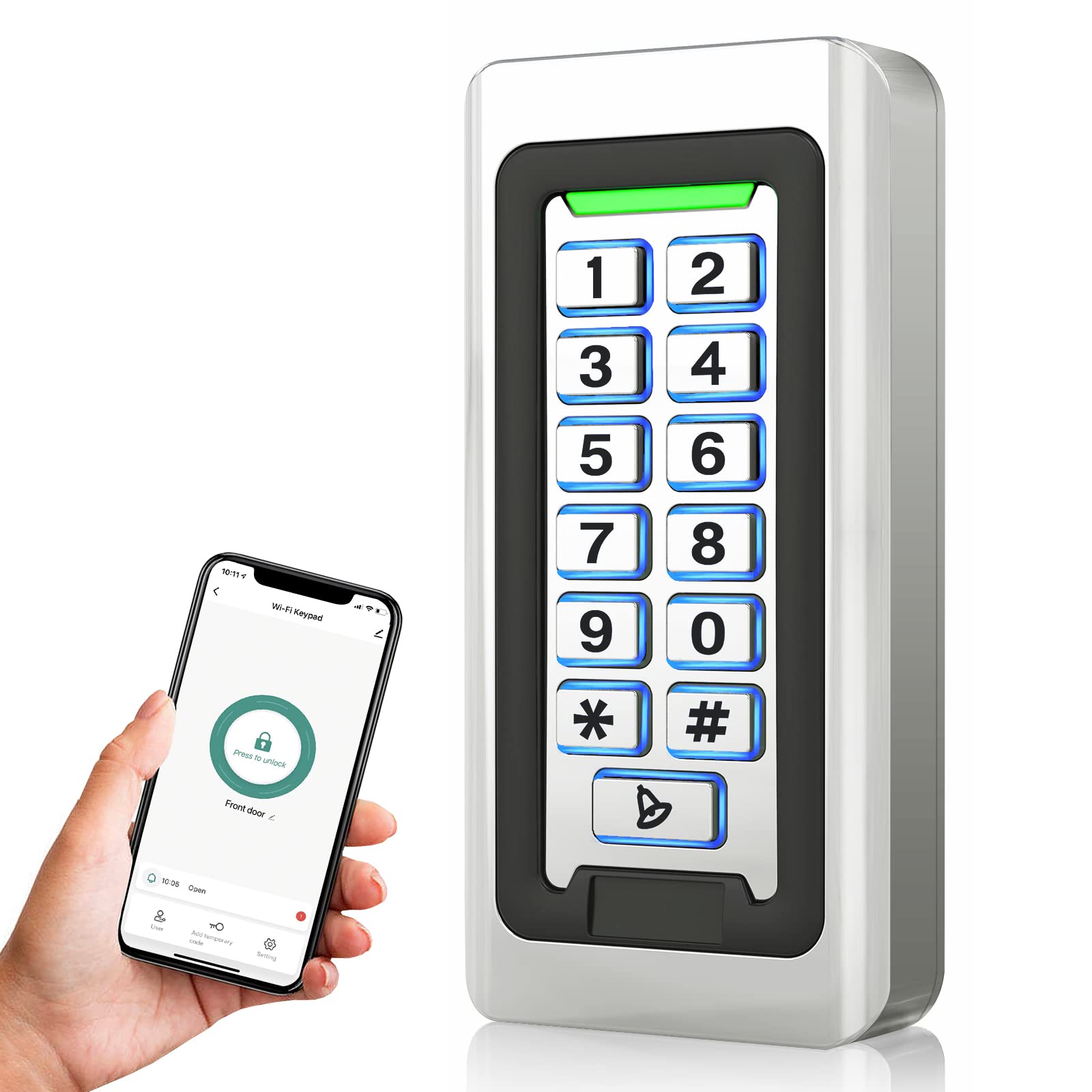In today’s interconnected world, the need for robust and efficient access control has become paramount. Access control systems play a crucial role in safeguarding our physical spaces, digital networks, and sensitive information, ensuring that only authorized individuals can gain entry and interact with restricted resources.
Whether you’re responsible for securing a commercial building, a healthcare facility, or an IT infrastructure, understanding the fundamentals of control is essential in maintaining a secure and well-protected environment. By implementing the right control measures, you can effectively manage and monitor who has access to your premises, systems, and data, mitigating the risks of unauthorized entry, data breaches, and other security threats.
In this comprehensive guide, we will delve into the core concepts of control, exploring its various components, the different types of access control systems, and the strategies for implementing and maintaining an effective control protocol within your organization. Prepare to unlock the secrets of control and empower yourself with the knowledge to safeguard your spaces and systems against potential threats.
The Foundations of Access Control
To fully comprehend the power of control, it’s crucial to understand the underlying principles and the key elements that define this essential security measure.
The Concept of Access Control
At its core, control is the practice of restricting and managing entry to physical or digital resources, ensuring that only authorized individuals can gain access.
Identification and Authentication
The fundamental aspects of control involve the processes of identifying and authenticating individuals seeking access, verifying their legitimacy and authority.
Authorization and Access Privileges
Once an individual is identified and authenticated, the control system determines the specific permissions and privileges granted to that person, limiting their access to authorized areas or resources.
The Components of an Access Control System
Effective control relies on a well-integrated system composed of various hardware and software elements.
Control Devices
These include physical components like card readers, biometric scanners, and keypads that facilitate the identification and authentication of users.
Control Software
The software component of an access control system manages the authorization, tracking, and monitoring of access activities, often through a centralized platform.
Integrated Security Systems
Access control systems may be integrated with other security measures, such as video surveillance, intrusion detection, and alarm systems, to create a comprehensive security ecosystem.
Types of Access Control Systems
Access control systems can be categorized based on the specific methods and technologies they employ to manage and restrict access.
Physical Access Control
Physical control systems are designed to secure and monitor entry to physical spaces, such as buildings, rooms, or restricted areas.
Proximity-Based Access
These systems use proximity cards, key fobs, or other radio frequency identification (RFID) devices to authenticate and grant access to authorized individuals.
Biometric-Based Access
Biometric control leverages unique physiological characteristics, like fingerprints, iris scans, or facial recognition, to verify the identity of individuals.
Keypad-Based Access
Keypad control systems require users to enter a unique code or PIN to gain entry, providing an additional layer of security.
Logical Access Control
Logical control systems focus on securing digital resources, such as computer networks, applications, or online accounts.
Username and Password Authentication
This traditional method of control involves the use of unique usernames and passwords to authenticate users and grant them access to digital systems.
Multi-Factor Authentication
Multi-factor authentication (MFA) adds an extra layer of security by requiring users to provide additional verification, such as a one-time code or biometric data, to access digital resources.
Role-Based Control (RBAC)
RBAC systems grant access privileges based on an individual’s role or job function within the organization, ensuring that users can only access the resources they need to perform their duties.
Implementing Effective Control Strategies
Successful implementation of an access control system requires a comprehensive approach that considers the unique needs and security requirements of your organization.
Conducting a Risk Assessment
The first step in implementing an effective control strategy is to perform a thorough risk assessment to identify potential vulnerabilities and security threats.
Identifying High-Risk Areas and Assets
Carefully evaluate your physical and digital environments to pinpoint the areas, systems, and resources that require the highest level of protection.
Determining the Appropriate Control Measures
Based on the identified risks, select the control methods and technologies that are best suited to mitigate those threats and safeguard your critical assets.
Designing the Access Control System
With the risk assessment complete, the next step is to design an access control system that aligns with your organization’s security objectives and operational requirements.
Selecting the Right Control Technologies
Choose the control devices, software, and integration capabilities that will provide the desired level of security and functionality.
Developing Control Policies and Procedures
Establish clear and comprehensive policies and procedures to govern the management, monitoring, and maintenance of the control system.
Deploying and Integrating the Control System
The successful implementation of an access control system involves the seamless deployment and integration of the various components.
Coordinating the Installation and Configuration
Ensure that the control system is installed and configured correctly, in adherence to the designed plan and the manufacturer’s recommendations.
Integrating with Existing Security Systems
Integrate the control system with other security measures, such as video surveillance or intrusion detection, to create a cohesive and responsive security ecosystem.
Maintaining and Optimizing the Control System
Ongoing maintenance and optimization are crucial to ensure the continued effectiveness and reliability of the control system.
Regularly Reviewing and Updating Policies
Periodically review and update the control policies and procedures to address evolving security requirements and address any identified gaps or weaknesses.
Monitoring System Performance and User Activities
Continuously monitor the control system’s performance, user activities, and any security incidents to identify areas for improvement and maintain optimal protection.
Conclusion: Unlocking the Power of Effective Control
Access control is the cornerstone of comprehensive security, empowering organizations to safeguard their physical spaces, digital resources, and sensitive information from unauthorized entry and potential threats. By understanding the fundamental principles, components, and types of control systems, you can now navigate the landscape of this essential security measure with confidence.
As you embark on the journey of enhancing your access control measures, remember to approach the process with a strategic and holistic mindset. By conducting thorough risk assessments, designing a comprehensive access control system, and continuously monitoring and optimizing its performance, you can effectively mitigate the risks of unauthorized access, data breaches, and other security incidents.
Embrace the transformative potential of control and let it be the cornerstone of your organization’s security strategy. By unlocking the secrets of this essential security measure, you can safeguard your spaces, protect your digital assets, and create a safer, more secure environment for your employees, customers, and stakeholders. Embark on this journey of control empowerment and unlock the path to a more secure and resilient future.


